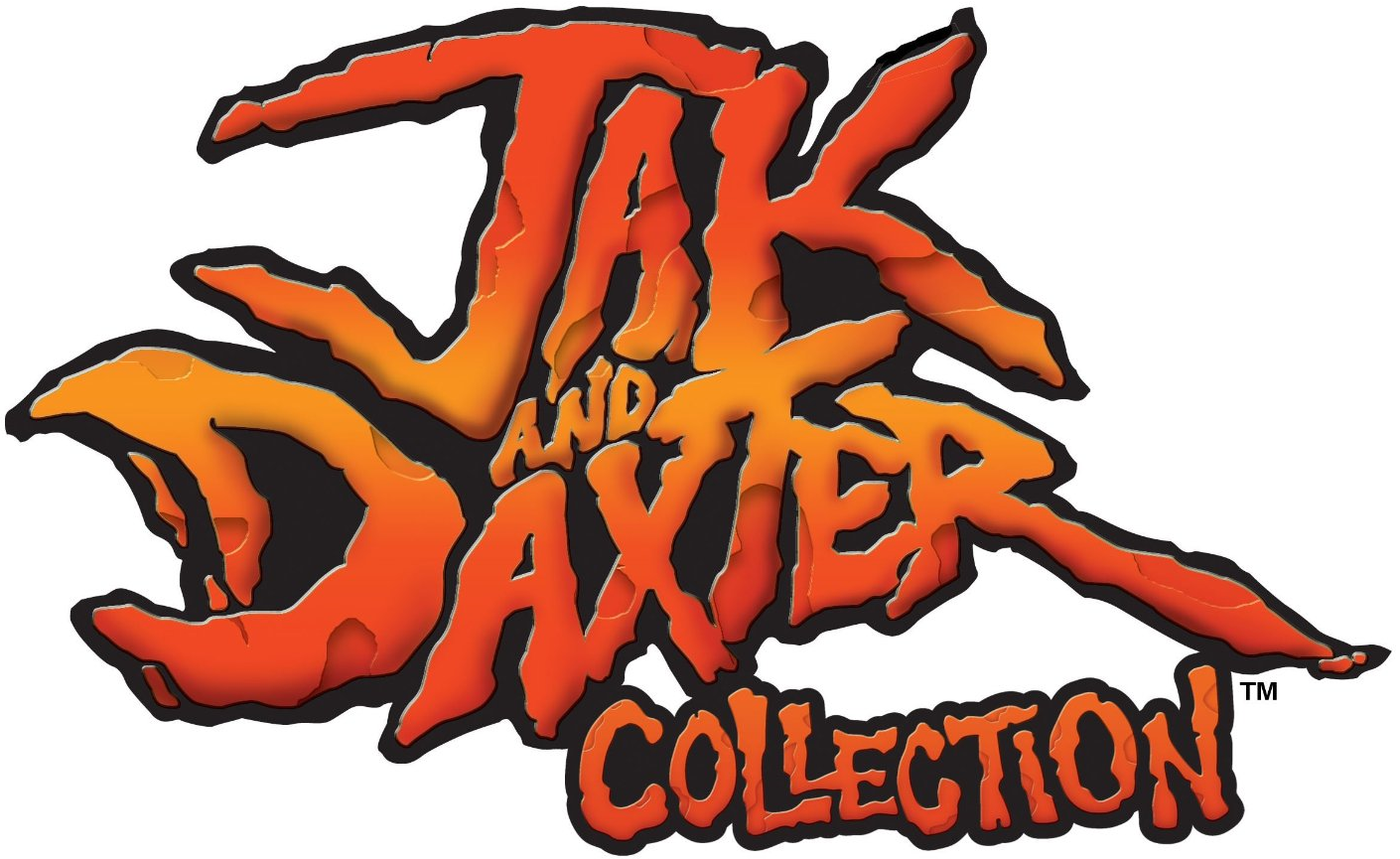


#Jak and daxter ps2 frame rate how to#
It’s a small blemish on an overall fantastic package however and a great example of how to optimise a Vita port well which is something many developers have failed at. If there’s one downside, it’s that Team Ninja didn’t manage to hit native resolution – I haven’t been able to verify this myself, but reportedly the game is running at 720 by 408, which leads to a few sharp edges in the character models and backgrounds (noticeable in screenshots such as the one above). In addition, this mayhem happening in the background rarely seemed to compromise performance, unlike similar fighters like Injustice which struggled when there was a lot going on. Framerate is maintained yet visual fidelity isn’t compromised, with the game providing beautiful looking character models fighting on gorgeous backdrops – that included fully interactive elements ranging from falling roofs to helicopter crashes.
#Jak and daxter ps2 frame rate plus#
It’s through this comparison that you can see how Dead or Alive 5 Plus is such an impressive port. Things like character models were also substantially downgraded to the point the whole title looked like it was capable of running on PSP. While other fighting games on Vita like Mortal Kombat managed this feat as well, they took a substantial hit in image quality to achieve it – for MK resolution was 640 by 384, well below the console’s native resolution of 960 by 544. Capcom 3 yet Dead or Alive manages to shine even among these titles.įor starters, it’s one of the few 3D titles on Vita to run at 60 frames-per-second – and a fairly consistent 60fps at that, allowing for some silky-smooth fighting action. Fighting games have always seemed to transition well to the handheld, with plenty of high-effort jobs like Skullgirls and Ultimate Marvel vs.

Team Ninja’s efforts on Vita are very interesting to follow – they’ve only ever ported titles and these have flipped between the abysmal ( Ninja Gaiden Sigma 2 Plus – which I’ll be examining in a different article) to the stunning – Dead or Alive 5 Plus. In this article, I aim to examine these – what was impressive about them (and what could have been improved) alongside a conclusion on how well the Vita did as a high-end handheld during its lifespan.

In spite of Switch now dominating this niche and mobile/tablet games inching ever closer to console quality, Vita has a number of titles which were not only impressive relative to the time they released but still remain gorgeous to look at even to this day. This has been best showcased by a number of stunning games released at various points which I aim to examine in this article – games that pushed Vita’s hardware most while maintaining impressive graphics and performance (although this will be a lesser criteria as this is commonly sacrificed to push appearance). Released as a technological powerhouse among handhelds in 2011, Vita has always maintained a strong lead over its main rival – 3DS – in terms of visual fidelity and technical impressiveness throughout its life.


 0 kommentar(er)
0 kommentar(er)
